Living with diabetes doesn’t mean sacrificing mobility, strength, or overall well-being. In fact, consistent rehabilitation and physical activity are essential for managing blood sugar levels, improving circulation, and reducing the risk of complications like neuropathy and joint stiffness. The good news? You don’t need a gym membership or expensive equipment to stay on track. These 15 practical, budget-friendly rehab tips are designed for real-life schedules and require minimal gear—most can be done at home with everyday items.
Diabetes can impact nerve function, muscle strength, and joint mobility over time. Regular physical rehab helps maintain range of motion, prevent injuries, and support better glucose control. Movement increases insulin sensitivity, meaning your body uses insulin more efficiently—even without medication.
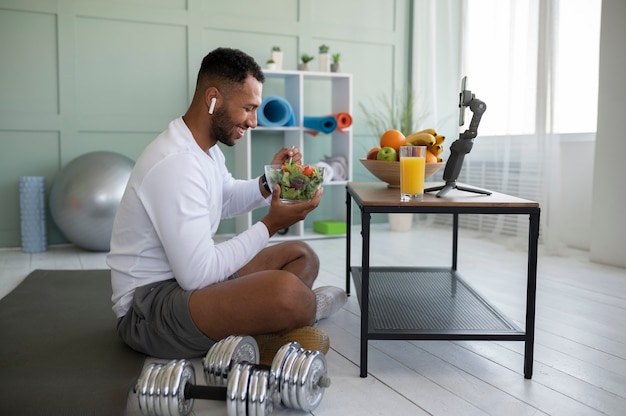
Gentle stretching improves flexibility and circulation, especially in the feet and legs—areas often affected by diabetic neuropathy. Focus on calves, hamstrings, and ankles. No gear needed—just a flat surface and a wall for balance.
Loop a bath towel around your foot to gently strengthen ankle and calf muscles. Pull slowly to create resistance. This is excellent for preventing foot drop and improving balance.
Walking is one of the most effective and accessible forms of rehab. Aim for 10–15 minutes, 2–3 times a day. No treadmill? Walk around your home, hallway, or backyard. Track steps with a free phone app.
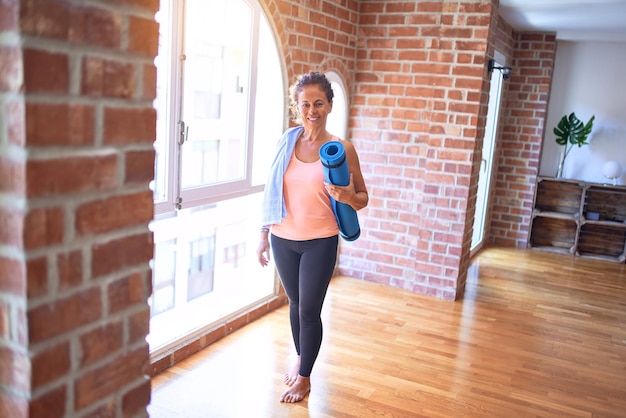
Sit on a sturdy chair and perform leg lifts, seated marches, or arm circles. These are safe for those with balance concerns and help build endurance without strain.
Fill two water bottles (16–20 oz) to use as light dumbbells. Perform bicep curls, shoulder presses, or lateral raises to maintain upper body strength.
Sit and lift one leg. Use your big toe to 'write' the alphabet in the air. This improves ankle mobility and prevents stiffness—crucial for those with peripheral neuropathy.
Stand near a counter and practice standing on one foot for 15–30 seconds. Good balance reduces fall risk, which is higher in people with diabetes due to nerve damage.
Stand a few feet from a wall, place your hands on it at shoulder height, and perform push-ups. This builds upper body strength safely and requires zero equipment.
Lie on your back, knees bent, feet flat. Lift your hips toward the ceiling, hold for 3 seconds, then lower. This strengthens the glutes and lower back—key for posture and walking stability.
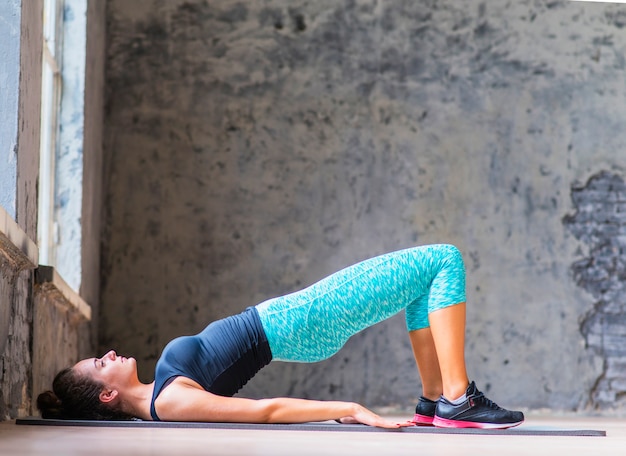
Combine slow, deep breaths with gentle arm raises or shoulder rolls. This reduces stress, improves oxygen flow, and supports better glucose regulation.
Step up and down on a single stair (use handrail for support). This builds leg strength and cardiovascular endurance. Start with 5–10 reps and increase gradually.
Sit with feet flat. Rock from heels to toes slowly. This enhances foot circulation and proprioception—helpful for foot health and balance.
After checking your feet for cuts or sores (a must for diabetics), wiggle toes, rotate ankles, and point/flex feet. This promotes blood flow and early detection of issues.
Place a pillow under knees during floor exercises for comfort, or stand on it (with support) to challenge balance gently. Great for joint protection and proprioception training.
Treat physical rehab like a daily prescription. Set reminders, pair exercises with daily habits (e.g., after brushing teeth), and track progress in a simple journal or app.
Rehabilitation for diabetes doesn’t have to be complicated or costly. These 15 tips are designed to fit into busy lives and limited budgets while delivering real health benefits. Consistency matters more than intensity—small efforts add up over time. Always consult your healthcare provider before starting a new routine, especially if you have complications like neuropathy or retinopathy.
Stay active, stay aware, and take charge of your health—one simple movement at a time.

Health

Health

Health

Health
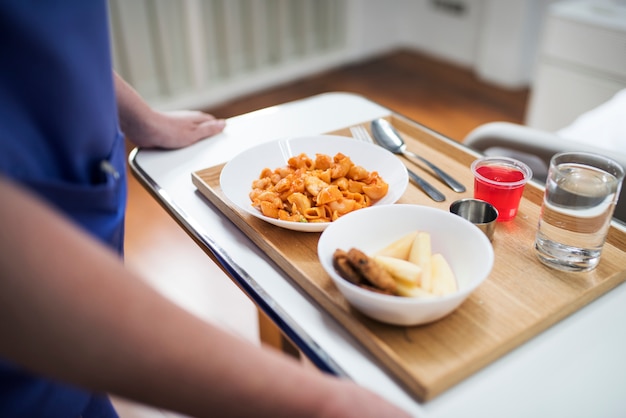
Health
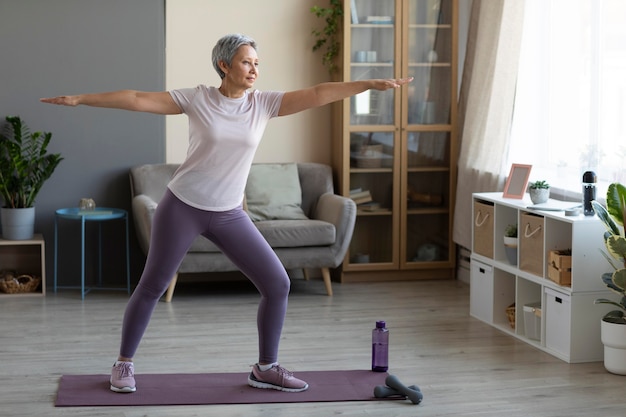
Fitness

Health
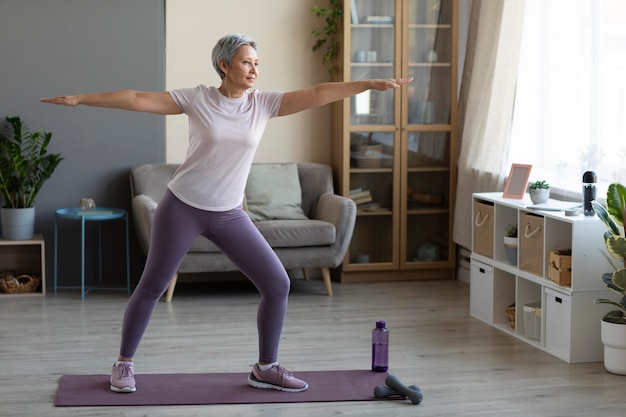
Health
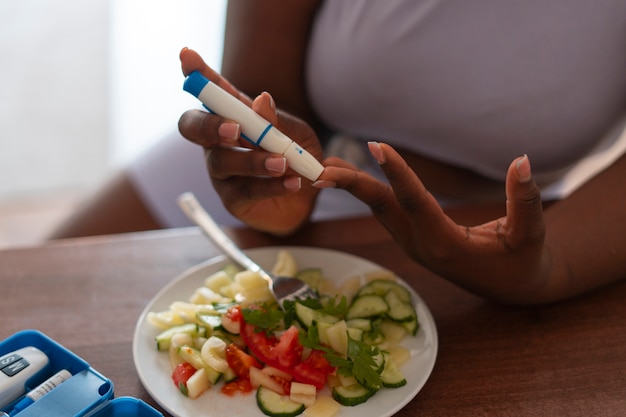
Health
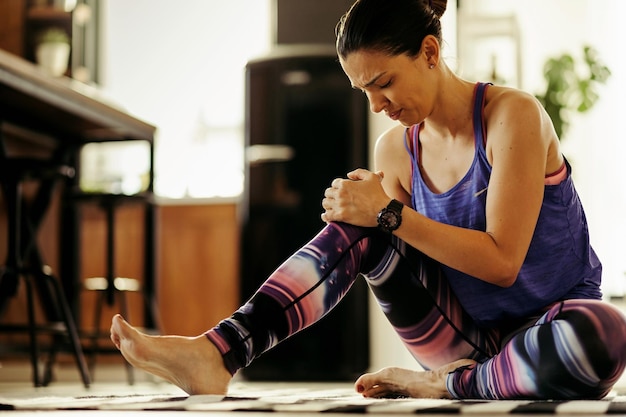
Fitness

Fitness
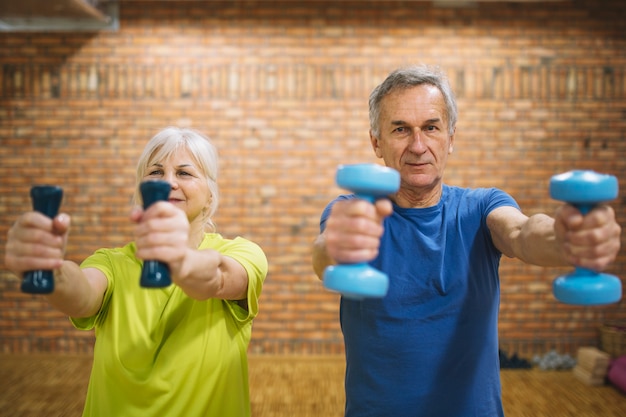
Fitness

Health

Fitness

Health

Health